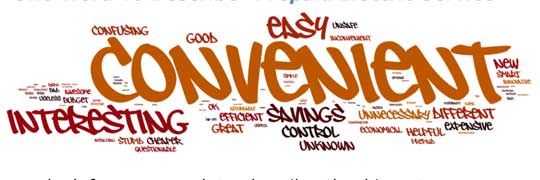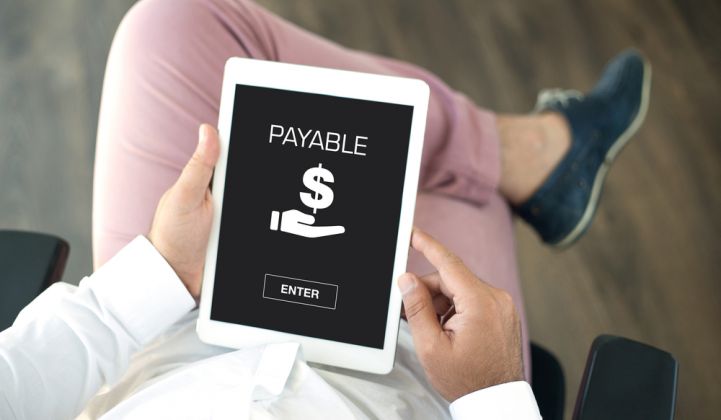Using electricity is often compared to going to a grocery store that doesn't list any prices on its items, picking up whatever you want and then getting a bill at the end of the month. Sometimes the analogy is a buffet, rather than a grocery store. The outcome is always the same: you consume with abandon, then get stuck with a bill in the future.
In every other aspect of our lives, prepay or pay-as-you-go plans are ubiquitous, whether in the form of gift cards, subway passes, EZPasses or cell phone plans. Prepay electricity has long been a staple in other regions of the world, but it has been slow to penetrate the U.S. market. Today, customers are increasingly interested in prepay for electricity and utilities, and regulators are taking a closer look than ever before.
“Customers appreciate the ability to more closely align their budget with their spend,” said Jamie Wimberly, CEO of DEFG EcoAlign, a management consulting firm specializing in energy. “It eliminates surprises.”
In a recent study, conducted by a working group put together by DEFG EcoAlign, consumers' growing interest in prepaid electricity was confirmed. The groups most likely to move to prepay include younger adults, renters and males.
Some municipal and cooperative utilities have had prepay electricity for years, such as Salt River Project. But for large investor-owned utilities, there has been a general disinterest coupled with regulatory hurdles in decades past. Now, a convergence of aggressive energy efficiency measures in some states, advanced metering and mobile platforms are reigniting an interest in prepay. Wimberly noted that large utilities such as Georgia Power, Detroit Edison and APS all have prepay pilots underway.
One of the biggest drivers is demand-side management, said Wimberly. For customers on prepay plans, the energy savings are usually 10 percent to 15 percent. Even if only a portion of all customers are on prepay, that can be a significant load drop. “When you compare the potential savings with the cost of anything else, it becomes pretty clear there’s nothing that compares to how fast, persistent and big those savings are,” said Wimberly. Even more importantly, customer satisfaction is very high with prepay.
Another shift has been technology. Prepay was possible without advanced metering, but smart meters certainly make it easier. Software platforms that can connect metering data with customer information systems with multiple communication channels -- such as email and mobile -- are also critical for a successful program. Companies like PayGo Electric and UtiliFlex offer prepay products for utilities, while Oracle, SAP and Accenture are just a few of the utility vendors that also have software solutions to help implement prepay.
On the customer side, it comes down to familiarity. Although prepay is already an everyday part of other transactions, it can be a mental leap when it comes to electricity. When EcoAlign did a survey of only Arizona and Texas, which have some of the most extensive prepay offerings in the country, people said that prepaid service was easy and convenient.

In the 2012 survey, more than 1,000 people across the country were asked about prepay. While 38 percent said they were interested, there was still concern, as the word cloud below shows. While Texas and Arizona (as seen in the word cloud above) had far more positive associations, in areas where prepay does not exist, there is more concern about higher prices.

When participants were asked to choose the two reasons they would choose prepay, the desire to reduce energy use and monitor it closely ranked highest (30 percent), with increased control over energy use and budget a close second (28 percent). The 30 percent of customers that want to reduce and monitor energy use is nearly doubled from 2010.
“There’s a growing body of evidence that it works both for the utility and there’s a lot of evidence that customers like it,” said Wimberly. “At some point, regulators are getting this message.”
For utilities that are delving into prepay, doing it right usually means bringing in outside expertise, said Wimberly. The majority of participants said that they preferred email to be alerted of low balances, with text messages and web portals also high on the list. The majority of customers also prefer to go paperless if possible.
This year could be a turning point for prepay, with more municipals and cooperatives making the offering and some of the pilots going on at large investor-owned utilities. As prices rise and advanced metering is deployed, the question is what the utilities can do to offer choice and control to customers. “[Prepay] provides benefits from the business and customer perspective, and it’s worth scaling it up,” said Wimberly. “This has the chance to be disruptive.”




